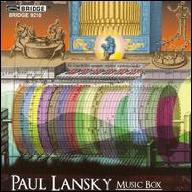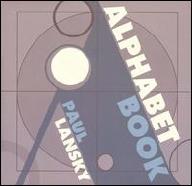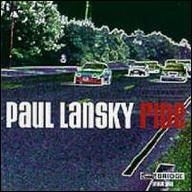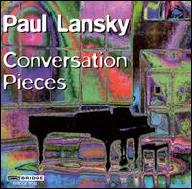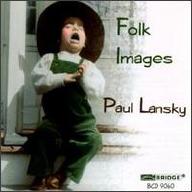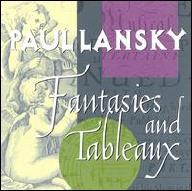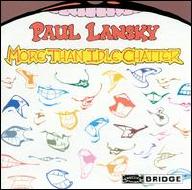Lansky's music is primarily done for the computer. To this end, he has written his own software in order to write his music, and has received recognition for this program, called CMIX. In addition, as a major writer on music, he has been published many times in Perspectives of New Music, bringing him recognition as a theorist and writer.
His music can not be pigeonholed. The style of his works changes radically from piece to piece, including everything from folk song in pieces like Folk-Images to the twelve-tone technique, such as in his String Quartet. His work in the latter style brought him into the sight of a wider audience, especially with his collaboration with Perle in the late 1960's and early 1970's. Lansky also experimented with timbre as a structural element, and has made many references to the styles of popular and folk music, as well as jazz.
1979 saw Lansky's music being primarily for electronic tape alone. Six Fantasies on a Poem by Thomas Campion was written as a pointed break from his other styles of writing. The piece was conceived and completed primarily using LPC synthesis techniques, which manipulate the original timbre on the reference tape to produce the sounds required for the complete work. Many of the pieces that follow Six Fantasies use the timbre of the human voice for manipulations.
Much of Lansky's music has been based upon the spoken human voice; not upon the words spoken necessarily, but rather their timbre, tone, and rhythm. To this end, many of his pieces (including Small Talk and Conversation Pieces) are based originally on conversations between he and his wife, Hannah MacKay. He adds to the vocal implications already present simple acoustic sounds from orchestral instruments and the piano, and using the computer combines them to create timbres otherwise impossible, yet somehow familiar.
When examining Paul Lansky and his music, it must be understood that almost the entirety of his output is dependent upon the computer and recordings of the individual works. Most are not designed for live performance; this leads to the question: What happens to the music as the technology changes? With computers still new in the overall design of musical composition and manipulation, no one can know for sure. What can be expected, however, is that the music of Paul Lansky will be seen as a milestone in the development of musical language, interpretation, and timbral conception. ~ Michael Blostein, Rovi



